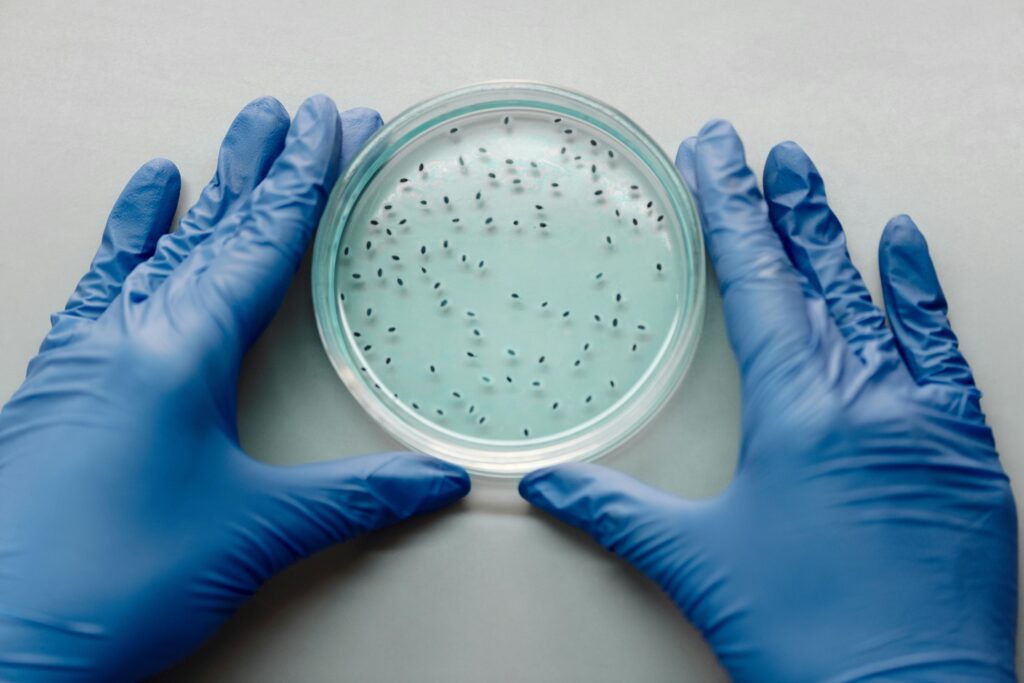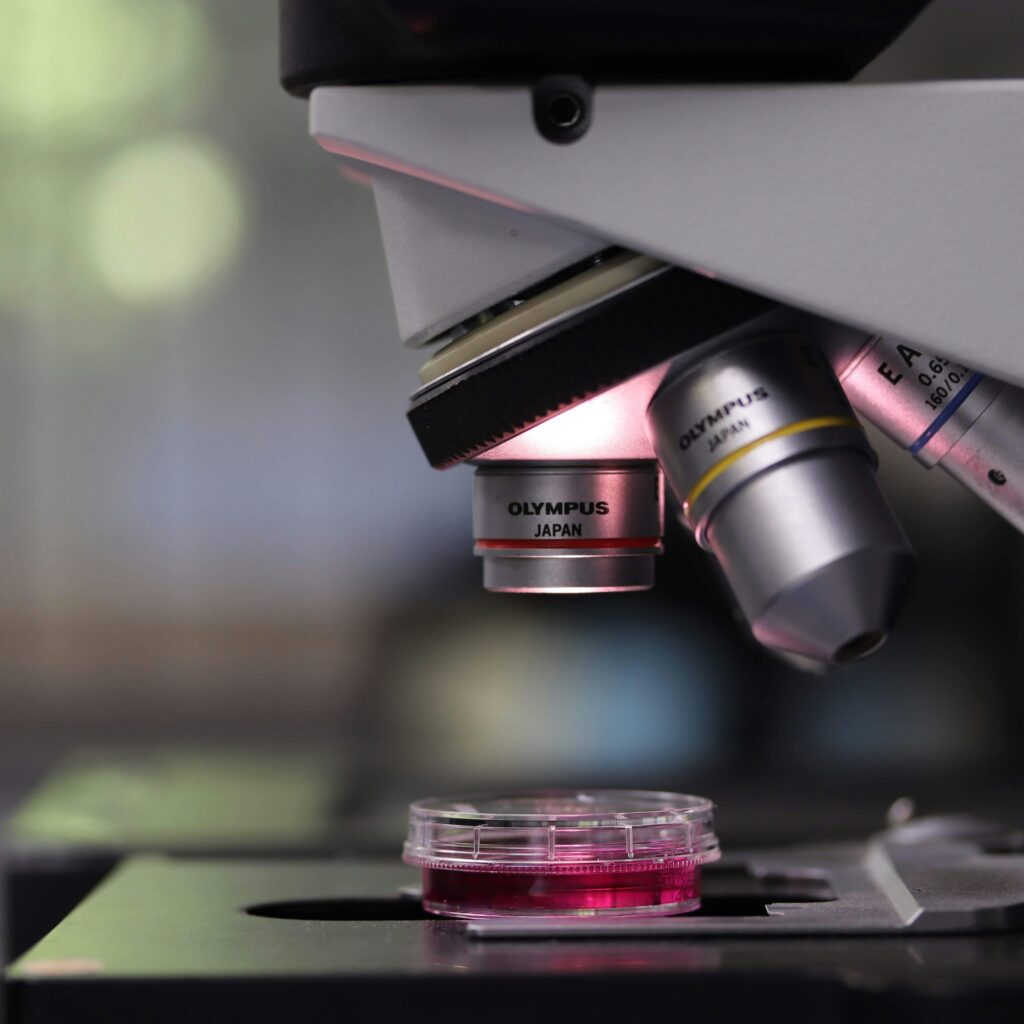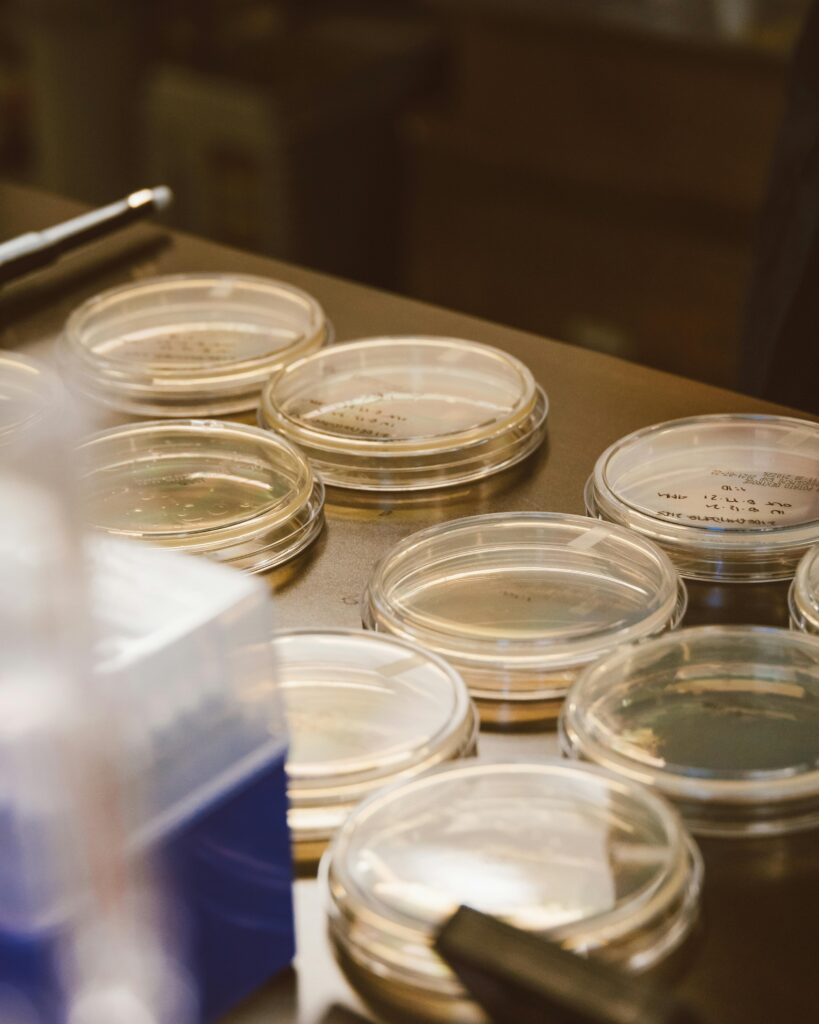The Fascinating Journey of the Cell: A Discovery That Changed Biology

Imagine peering through a tiny window into a hidden world that no one had ever seen before. That’s exactly what happened in the 17th century when the cell, the basic unit of life, was discovered. This remarkable breakthrough paved the way for modern biology, transforming how we understand living organisms. In this blog, we’ll take you on a journey through the discovery of the cell, exploring the scientists, their experiments, and the lasting impact of this fundamental finding. better version of yourself.
The Early Days: Robert Hooke’s First Glimpse
The story of the cell begins in 1665 with Robert Hooke, an English scientist who made one of the earliest recorded observations of cells. Using a primitive microscope, Hooke examined a thin slice of cork. He noticed small, box-like structures which reminded him of the tiny rooms, or “cells,” in a monastery. He coined the term “cell” without realizing he was looking at the building blocks of life. What Hooke observed were actually the cell walls of dead plant cells, but this was the first step in revealing the microscopic world.
Antonie van Leeuwenhoek: The Discovery of Living Cells
Around the same time, a Dutch scientist named Antonie van Leeuwenhoek was making his own groundbreaking discoveries. With microscopes of his own design, van Leeuwenhoek was able to observe living cells for the first time. He looked at pond water, scraping from his teeth, and even blood, revealing a world teeming with life. He described seeing tiny “animalcules” (now known as microorganisms), and became the first person to observe bacteria, sperm cells, and red blood cells. His meticulous observations opened the door to the study of microbiology.

Advancements in Cell Theory
The discovery of the cell didn’t immediately change scientific thought; it took centuries for its importance to be fully understood. In the 19th century, two German scientists, Matthias Schleiden (a botanist) and Theodor Schwann (a zoologist), made a monumental leap. Schleiden concluded that all plants are made up of cells, while Schwann found that all animals are made of cells too. Together, they formulated the Cell Theory, which stated:
- All living organisms are made of cells.
- The cell is the basic unit of life.
Later, Rudolf Virchow added a crucial third component to the cell theory: 3. All cells arise from pre-existing cells.
This marked a shift from the earlier belief in spontaneous generation, fundamentally changing our understanding of life.
The Impact of the Cell Discovery
The discovery and subsequent study of cells revolutionized biology. It provided insight into how organisms grow, reproduce, and function at the most basic level. From understanding diseases to developing medical treatments, the knowledge of cells is central to modern science. Techniques like cell culture, microscopy, and genetic engineering all stem from the foundational understanding of the cell.
Modern Advances: Unraveling the Secrets of the Cell
Today, cell biology is a rapidly advancing field. Scientists can study cells in incredible detail, examining their organelles, genetic material, and molecular processes. Modern tools like electron microscopes and fluorescent imaging allow us to see structures far smaller than Hooke or van Leeuwenhoek could have imagined. Furthermore, breakthroughs in stem cell research and gene editing (like CRISPR) are opening new frontiers in medicine and biotechnology.

Conclusion
The discovery of the cell was a pivotal moment in the history of science. What started with simple observations under early microscopes has grown into a field that continues to unlock the mysteries of life. From Robert Hooke’s first glimpse of cork to today’s advanced cell biology techniques, the study of cells remains at the heart of understanding the complexity and beauty of living organisms. As we continue to explore and manipulate cells, who knows what further revelations await?